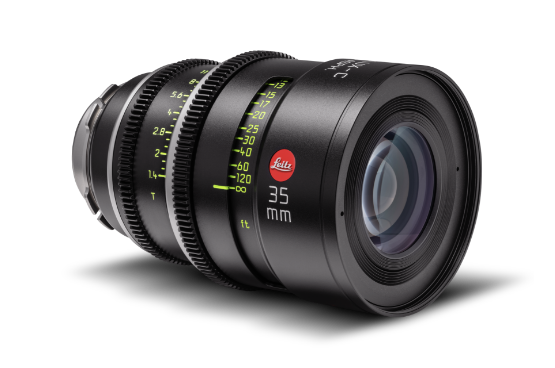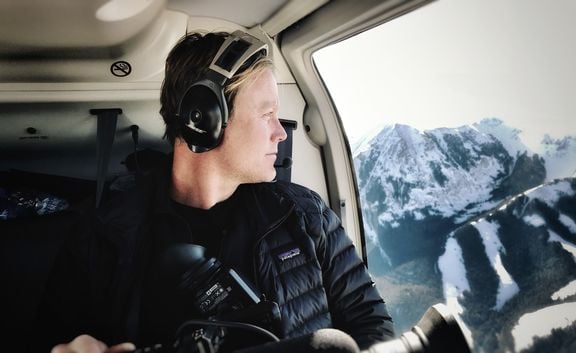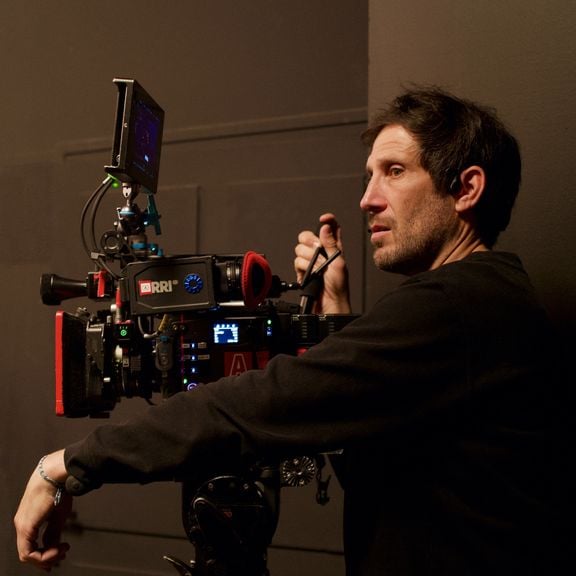THE RESTLESSNESS OF LENSES WITH FLORIAN BALLHAUS, ASC: FROM “SHE-HULK: ATTORNEY AT LAW” TO “YOUR PLACE OR MINE”
She-Hulk: Attorney at Law (2022)
THE RESTLESSNESS OF LENSES WITH FLORIAN BALLHAUS, ASC: FROM “SHE-HULK: ATTORNEY AT LAW” TO “YOUR PLACE OR MINE”
By Seth Emmons
Seth Emmons: As someone whose career has been almost equal parts shooting film and shooting digital, how has your relationship to lenses evolved as capture methods have changed?
Florian Ballhaus, ASC: I shot between 10-15 bigger projects on film before I ever used a digital camera for a feature. Back then I used Zeiss lenses for almost everything and never felt the need to experiment unless I was shooting anamorphic. It seems funny looking back, but then the lens choices did not seem as integral a part of shaping the character of the project. With film my main lens concern was to capture as reliably and accurately as possible. The film stock and processing offered so many possibilities for analog character that I didn’t feel the need for lenses to contribute beyond offering a pleasing image without an aggressive focus fall off.
With digital capture everything changed. All of a sudden the images were incredibly clean and free of imperfections. The absence of choice in film stocks and lab techniques that allow us to control analog grain and color rendition has conditioned us to express ourselves through lenses.
There is a restlessness about lenses in the digital era. It is staggering to see how many lenses have been introduced since we have transitioned to mostly digital. Even Leitz now has 5 different sets available.
Now that sharpness is no longer the main consideration when choosing lenses, what characteristics are important to you?
Sharpness isn’t unimportant, but the most important thing for me is how a lens renders faces. To me capturing people beautifully is all about color rendition and focus fall off. If a lens does that well it will do many other things well too.
Beyond that it becomes about personal taste. For me, the lens should embody the dichotomy of having enough character to make an interesting image while still being clean enough so every image does not make you aware of the lens choice first and foremost. There are a lot of lenses out there that can produce unique and interesting looks, but in a practical sense I need lenses that offer versatility and allow me to use them in a variety of ways that render quite different looks. Sometimes you don’t have the budget to carry a variety of lenses and if I can only carry one set of lenses I need to know that I can shoot a beautiful natural looking image with it.
Which lenses meet those requirements for your work?
Time and again I come back to the Leitz SUMMILUX-C lenses. To me it’s about developing trust and confidence in your lenses.
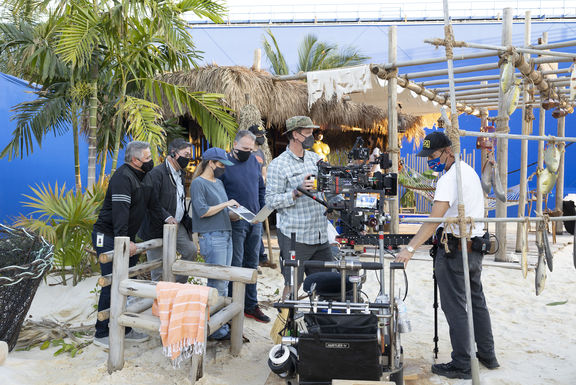
What do you mean by “confidence”?
Confidence means that I know how they are going to behave under any lighting condition. Understanding what they’re capable of allows me to push in any direction knowing I will always get the image I’m after. I find them to be very versatile which is important to me because it allows me to get a variety of looks even within the same project. You can really push their character or make them look very unnoticeable while still having beautiful bokeh and gentle focus fall off.
Opening up to T1.4 offers a real dream-like quality. I used the SUMMILUX-C lenses this way on two historical and period films, The Captain and The Book Thief. On She-Hulk: Attorney at Law I shot 6 episodes, including the pilot, and stopped them down a bit and got a more universally sharp, modern looking image without ever creating an awareness of the lens choices.
The Leitz lenses render faces so beautifully. There is a sharpness and clarity to the image, but the focus fall off has a wonderful creaminess. Other cinematographers might experience and describe these qualities differently. Lens choices are such a personal thing. That’s when this is an art and not a science. No two people will see the exact same thing in one image. Some lenses lean heavier on sharpness and contrast, which doesn’t appeal to me that much. There’s just nothing in the SUMMILUX-C lenses that I find off-putting, whether they’re at an 8-stop with lots of depth of field or wide open with amazing three-dimensionality and gorgeous bokeh.
Do you shoot on other lenses as well?
Of course. The SUMMILUX-C aren’t the only lenses I use, but I do feel like they offer more variety and more interesting places to go so I come back to them time and again. That said, the first thing I always ask myself before starting a film is whether it should be spherical or anamorphic. I’m drawn to the 2.40:1 format, even with spherical lenses. It’s the way I see things and I think it is most interesting and cinematic. Anamorphic lenses have become more popular because people are still looking for ways to chip away at the perfection of the digital image, but you’re not always willing to deal with the shortcomings of their focus rendition by, for example, having to tilt up just to keep the eyes in focus in a close up.
That said, I just finished a new feature called Your Place or Mine, which was shot principally on Leitz SUMMILUX-C lenses, but I also used a set of anamorphic lenses because it fit the story. Reese Witherspoon’s character takes a life-changing journey to New York and I chose anamorphic for that section to set it apart and give it the traditional filmic cues of anamorphic. We shot the entire film in 2.40:1 on the ARRI Alexa in UHD so there wasn’t an aspect ratio change.
Using different tools to create different looks within one project is a discipline that I particularly enjoy because I find that I end up thinking about the artistic choices you make more precisely. Sometimes I will use colors to differentiate between different storylines, but I’m increasingly drawn to using a variety of lenses to create a difference in how much analog character I apply to any given part of the story or character.
What was it like shooting the SUMMILUX-C lenses on Alexa in UHD?
Your Place or Mine was the first time I had done that and I was happy to see that the lenses covered the sensor in 2.40:1. Given that the SUMMILUX-C are designed for Super 35 coverage, the image actually got quite interesting out on the edges. It introduced a little more character, and because I leaned toward a shallower depth of field on this film it accentuated the effect. It gave me yet another way of using these lenses.
On She-Hulk: Attorney at Law since it’s based on a comic book, I wanted to stop the SUMMILUX-C lenses down a bit and usually kept them around T2.8. That in combination with shooting shorter focal lengths, gave me a cleaner image while still having a beautiful focus fall off that kept the images three-dimensional. Having to seamlessly integrate a CG character into that world strikes me as a more achievable goal. Conversely, on Your Place or Mine I wanted to go shallower on the depth and work a little bit against the cliché of the perfectly clean looking rom-com by introducing a lot of analog lens character. Given that it was not a VFX driven show, I had much more leeway and really enjoyed pushing in that direction.
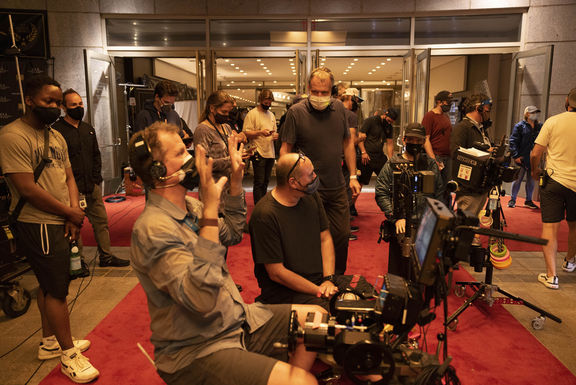
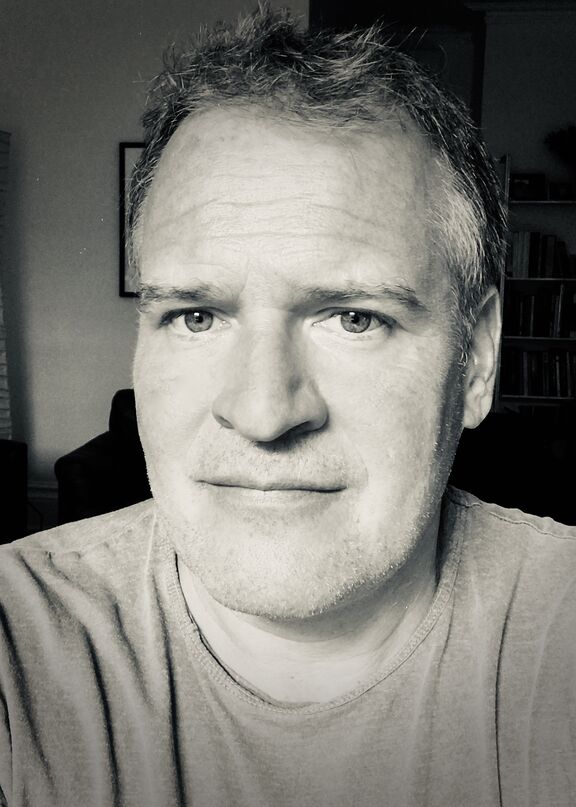
Overview
DoP Florian Ballhaus
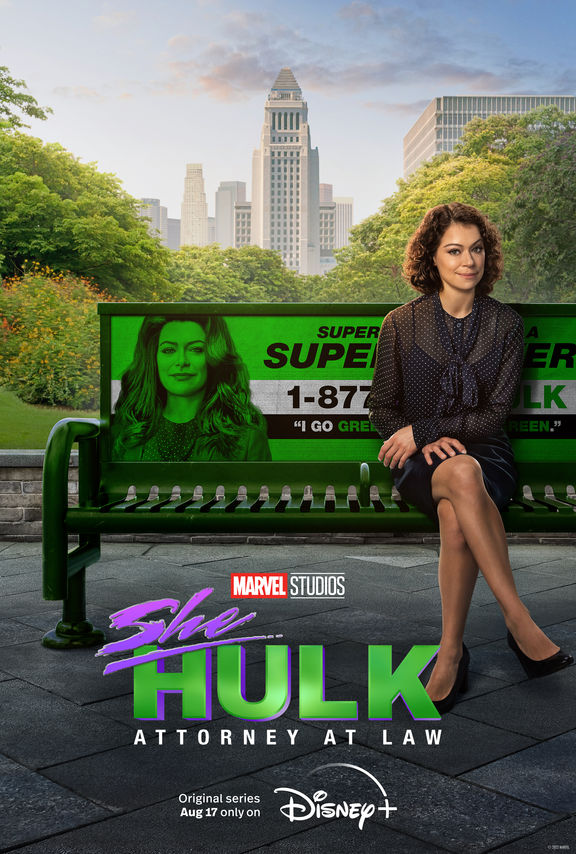
She-Hulk: Attorney at Law
2022 | series
DoP Florian Ballhaus, ASC | Doug Chamberlain
Director Kat Coiro | Anu Valia
Leitz lens SUMMILUX-C
Camera ARRI ALEXA LF
Production Companies Marvel Studios
Distribution Disney+
Awards 5 wins & 18 nominations total
Country USA
Lens used
SUMMILUX-C
Performance
Fast, compact, reliable, beautiful in color and excellent in contrast.
